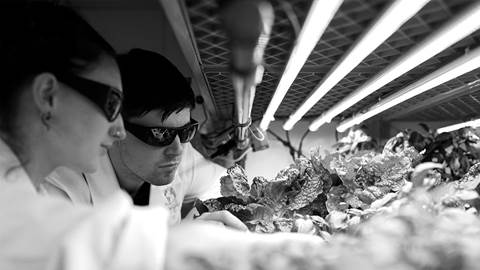Drawing from a review of existing literature as well as interviews and workshops with expert stakeholders, the framework summarises the latest thinking on how we believe engineering outreach activities can collectively make an impact on young people’s educational and career choices – but our hope is to refine the framework further as the relevant evidence base grows.
Take home points
However much the framework itself may evolve over time, the key messages are unlikely to change.
A multi-faceted issue requires a multi-faceted solution. Over the course of their lifetime, young people are influenced by a multitude of factors and actors that together affect their educational and career choices. As a community, we should therefore:
- seek to support young people on a range of dimensions (e.g. fostering their capability, opportunity, and motivation)
- work to engage young people multiple times over their lifetime
No one organisation will be able to single-handedly increase the number and diversity of young people entering engineering. With this in mind, we need to:
- consider the wider ecosystem of effort when planning and delivering our own activities
- work together as a community to share insights, learn from one another, and identify where more targeted work is needed
With so many factors at play, measuring our own individual impact on such a long-term goal can be difficult, if not impossible. It may be more helpful to instead consider how our respective actions contribute to our overarching goal by facilitating intermediate outcomes that support young people in their decision-making processes. Honing in on these specific objectives lends itself to more robust evaluation of our work, since we can be more concrete about what constitutes success and how we go about measuring it.

Download full slide deck


